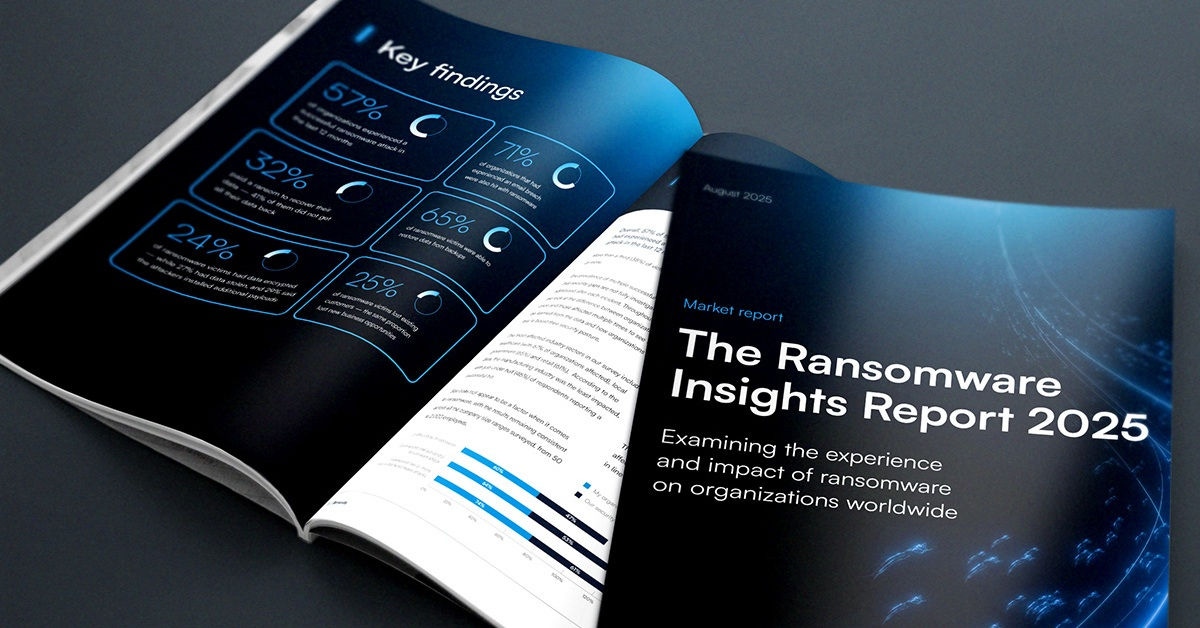
Cyberbullying: An ongoing challenge for K-12
Complying with the Children's Internet Protection Act (CIPA) and other regulatory regimes means that most K-12 organizations have made at least some efforts to protect students’ and other users’ private information. Effective email security, web filtering, access controls, and network security fulfill a big part of the responsibility to keep users — especially students — safe from threats of all kinds.
Unfortunately, cyberbullying remains a stubborn challenge. According to the National Center for Educational Statistics, about 22% of students age 12 to 18 reported being bullied at school in a 2019 survey, with 16% in grades 9 through 12 reporting having been cyberbullied in the preceding year.
We know bullying of all kinds is associated with a lot of bad outcomes, from psychological harm and trauma to drug abuse, suicide attempts, and school violence.
Still, there are proven strategies to reduce cyberbullying and its potentially tragic outcomes. The key is to make a sustained effort to find and use the latest information and tools, of which there are many available.
The ultimate goal is to build a culture in which cyberbullying doesn’t occur. Along the way, as a K-12 school or district, the trust your community has placed in you to protect its children means you should always be seeking out and implementing new ways to keep up the fight against cyberbullying.
Government and nonprofit resources
The United States government provides a wealth of practical resources for helping school administrators and technology professionals with the latest information on bullying and cyberbullying, how to spot it, strategies and tools to help prevent it, and more.
SchoolSafety.gov is a federal, interagency site that provides lots of links to other resources and articles that are easy to search. Here’s a screenshot from my search for articles about preventing cyberbullying.

StopBullying.gov is another useful site packed with comprehensive information and advice for anyone involved in the lives of kids who are at risk for cyberbullying. The list of cyberbullying tactics here is frankly heartbreaking.
The U.S. Centers for Disease Control and Prevention (CDC) maintain a clear, useful summary of statistics and analytic insights about bullying and cyberbullying here. Use it to find details like:
- 28% of middle schools report that bullying is a daily or at least weekly discipline problem.
- Roughly 30% of female students report bullying, versus about 19% of males.
- Nearly 40% of LGBTQ+ students report bullying or cyberbullying.
CDC has developed a 64-page document, available here as a PDF, to help communities take advantage of the best available evidence to prevent youth violence, including advice on identifying and addressing the causes of bullying and cyberbullying.
For a very comprehensive yearly report on cybersecurity incidents in U.S. public schools, the nonprofit K12 Security Information Exchange publishes “The State of K-12 Cybersecurity: Year in Review” annually.
Technology for detection and prevention
While many teens these days are savvy enough to find unmonitored channels to communicate electronically, many are also not wise enough to do so consistently.
Some cyberbullying can be identified — allowing for intervention to minimize harm — by security solutions that monitor all network traffic, including looking for keywords and phrases that may indicate threats or bullying.
Barracuda email and web security solutions work together to detect and document hate speech, cyberbullying, and other harmful activity. School officials are alerted about incidents in real time, and you can easily archive incidents for retention, compliance, and e-discovery.
An ongoing challenge
The one thing that’s certain about cyberbullying is that vigilance and positive action are constantly required to minimize the harms to its victims and perpetrators.
The resources you can find using the links above include programs that are proven effective in reducing bullying. The key is to implement them and to continue revisiting your efforts — updating your programs as new insights and strategies are identified.
The stakes are far too high for complacency to allow cyberbullying to flourish among the young people in your care.

Informe de Barracuda sobre Ransomware 2025
Principales conclusiones sobre la experiencia y el impacto del ransomware en las organizaciones de todo el mundo
Suscríbase al blog de Barracuda.
Regístrese para recibir Threat Spotlight, comentarios de la industria y más.

Seguridad de vulnerabilidades gestionada: corrección más rápida, menos riesgos, cumplimiento normativo más fácil
Descubra lo fácil que es encontrar las vulnerabilidades que los ciberdelincuentes quieren explotar.





